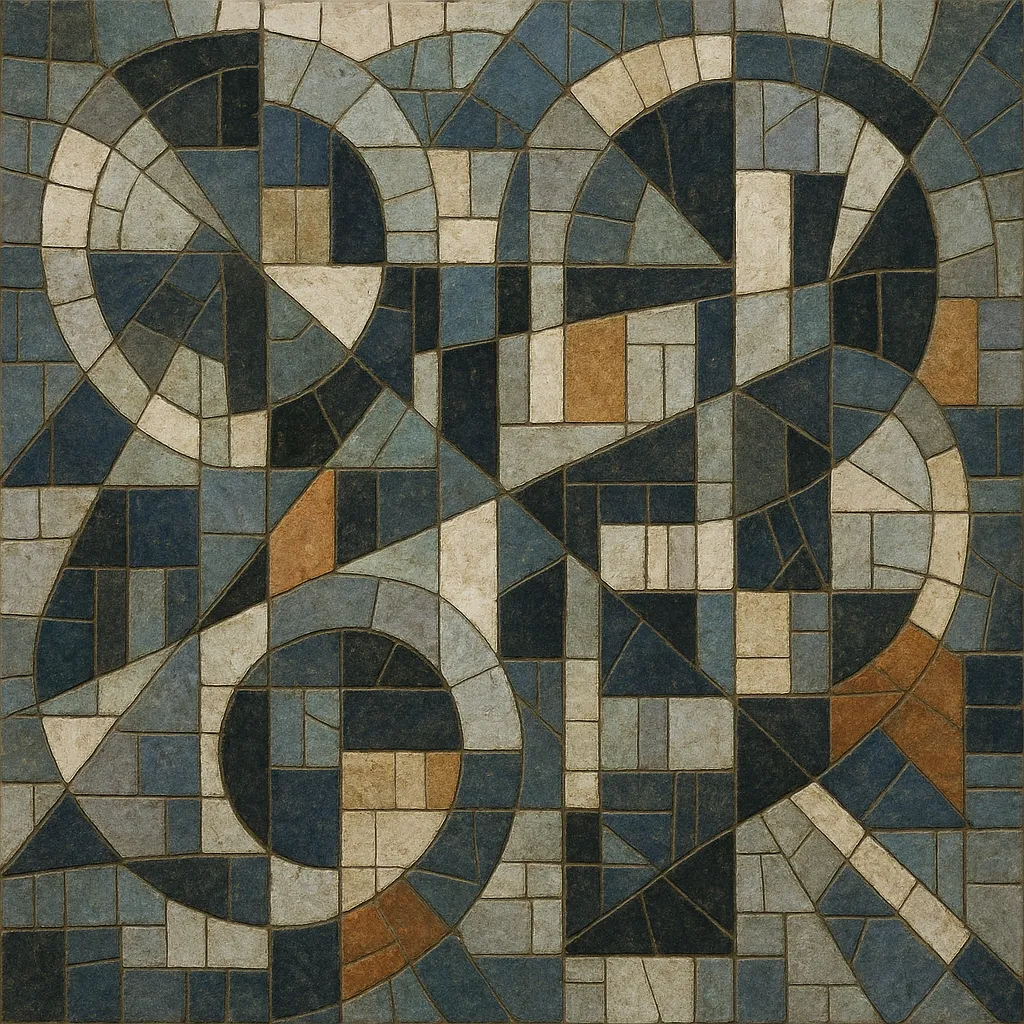Modern classical is an umbrella term for 20th- and 21st‑century concert music that departs from 19th‑century Romantic norms. It prioritizes innovation in harmony, rhythm, timbre, and form, often questioning or replacing common‑practice tonality.
Across its many currents—atonality and the Second Viennese School, neoclassicism, serialism, spectralism, electroacoustic music, minimalism, and various experimental practices—the style treats the orchestra and chamber ensemble as laboratories for new sound worlds. Composers explore extended techniques, non‑standard scales and tuning systems, asymmetrical meters, polyrhythms, and novel formal logics from process to collage.
The term is broad and historically layered: early modernists (Debussy, Stravinsky, Schoenberg) established a decisive break with Romantic harmony; mid‑century figures (Messiaen, Varèse, Cage, Boulez, Stockhausen) expanded timbre, rhythm, and technology; late‑century and contemporary composers integrate electronics, global influences, and post‑tonal languages alongside revitalized consonance and modality.
Debussy’s harmonic ambiguity and timbral focus (often labeled Impressionism) and Stravinsky’s rhythmic innovation and bitonality decisively broke from late‑Romantic norms. In Vienna, Arnold Schoenberg, Anton Webern, and Alban Berg advanced atonality and developed the twelve‑tone method, establishing a systematic alternative to functional harmony. Béla Bartók fused modern techniques with folk materials and asymmetrical meters, expanding rhythmic vocabulary and pitch organization.
Modern classical branched in multiple directions. Neoclassicism reframed Baroque and Classical forms with contemporary harmony and clarity (notably in Stravinsky and Hindemith). Meanwhile, Olivier Messiaen’s modes of limited transposition, additive rhythms, and color‑oriented orchestration offered a spiritual, timbral modernism. Edgard Varèse foregrounded sound masses and percussion, paving the way for post‑tonal timbral thinking.
Serialism expanded from pitch to parameters of rhythm, dynamics, and timbre (Boulez, Stockhausen, Babbitt). Tape music and early electroacoustic studios emerged in Paris and Cologne, enabling musique concrète and elektronische Musik, and blurring boundaries between acoustic and electronic sound. John Cage’s indeterminacy and extended techniques challenged authorship, notation, and performance practice.
Spectralism (Grisey, Murail) organized harmony and form around the acoustic properties of sound, while minimalism (Reich, Glass, Riley) pursued process, repetition, and gradual change, influencing concert music, film, and popular genres. Composers like György Ligeti combined micropolyphony, rhythmic complexity, and novel textures to redefine large‑ensemble writing.
Contemporary practice is richly plural. Composers integrate electronics and live processing, microtonality, non‑Western instruments, historically informed techniques, and post‑tonal or modal consonance. The concert stage coexists with installation, multimedia, and cross‑genre collaboration, extending modern classical’s experimental spirit into new cultural contexts.


